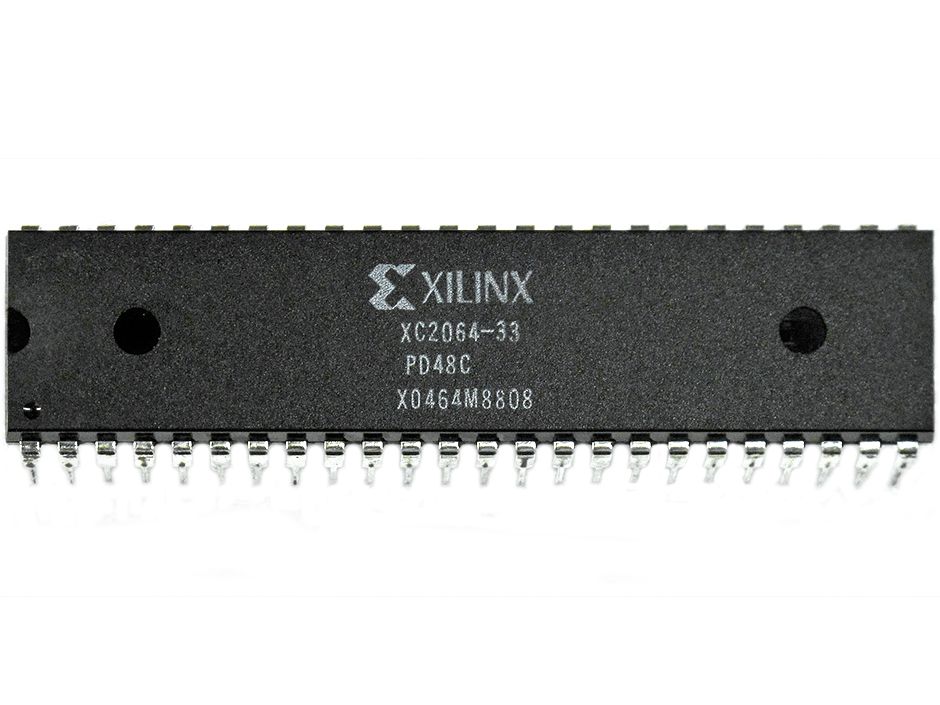Chip Hall of Fame: Xilinx XC2064 FPGA
Hardware that can transform itself on command has proven incredibly useful
XC2064 FPGA
Manufacturer: Xilinx
Category: Logic
Year: 1985
Back in the early 1980s, chip designers tried to get the most out of each and every transistor on their circuits. But then Ross Freeman had a pretty radical idea. He came up with a chip packed with transistors that formed loosely organized logic blocks with connections that could be configured and reconfigured with software. As a result, sometimes a bunch of transistors wouldn’t be used—heresy!—but Freeman was betting that Moore’s Law would eventually make transistors so cheap that no one would care. He was right. To market his chip, called a field-programmable gate array, or FPGA, Freeman cofounded Xilinx. (Apparently, a weird concept called for a weird company name.)
When the company’s first product, the XC2064, came out in 1985, employees were given an assignment: They had to draw, by hand, an example circuit using XC2064’s logic blocks, just as Xilinx customers would. Bill Carter, a former chief technology officer, recalls being approached by CEO Bernie Vonderschmitt, who said he was having “a little difficulty doing his homework.” Carter was only too happy to help the boss. “There we were,” he says, “with paper and colored pencils, working on Bernie’s assignment!” Today FPGAs—sold by Xilinx and others—are used in just too many things to list comprehensively here, but they can be found in things such as software-defined radios, neural networks, and data center routers. Go reconfigure!
Ross Freeman getting a bird’s-eye view of the XC2064 layout. Perhaps Xilinx’s office manager wouldn’t let them push pins into the wall?
▲
The XC2064 die. The repeating structure of the gate array is easily seen.
▲
This diagram shows the repeating structure in schematic form. Configurable blocks are surrounded by a perimeter of support and input/output circuity.
▲
